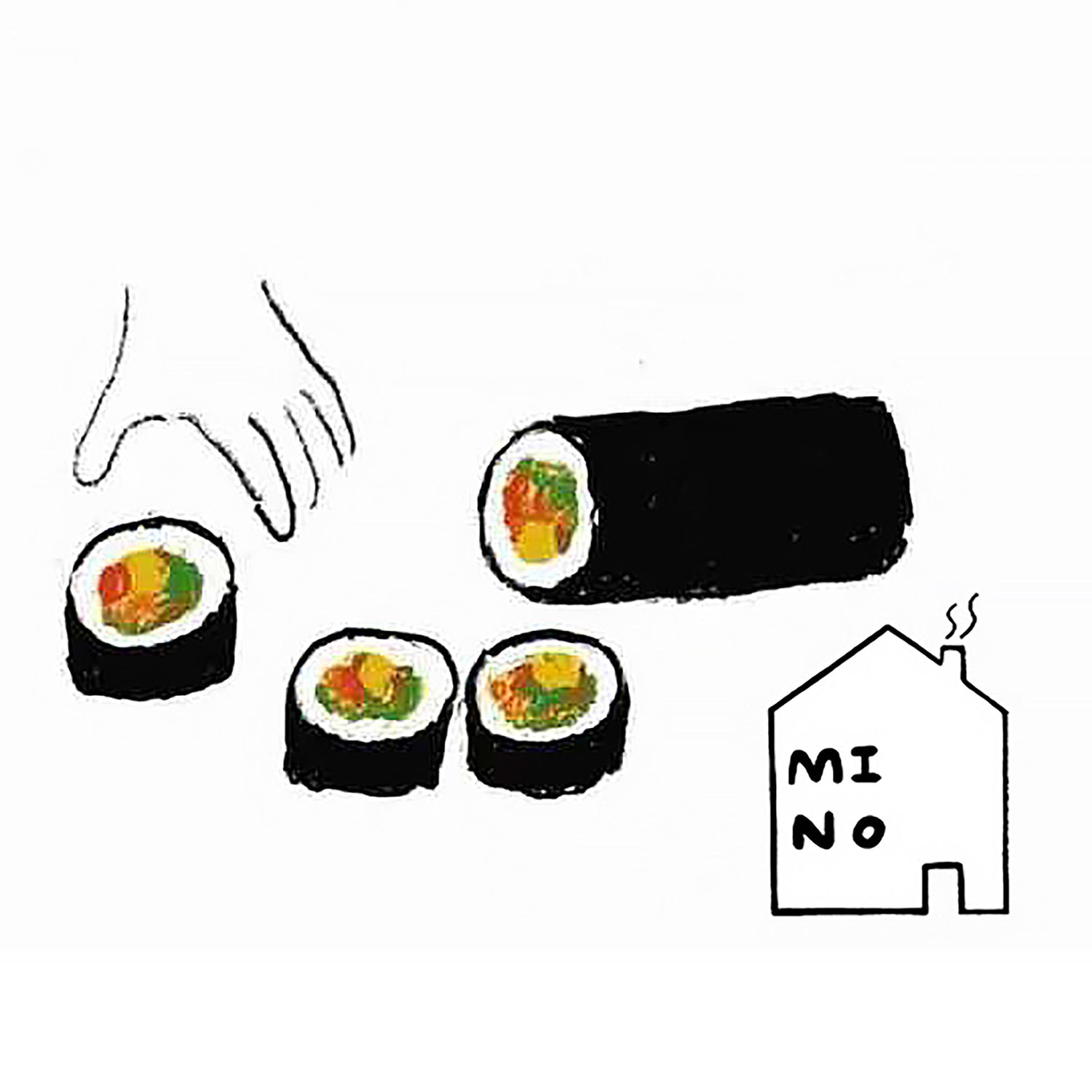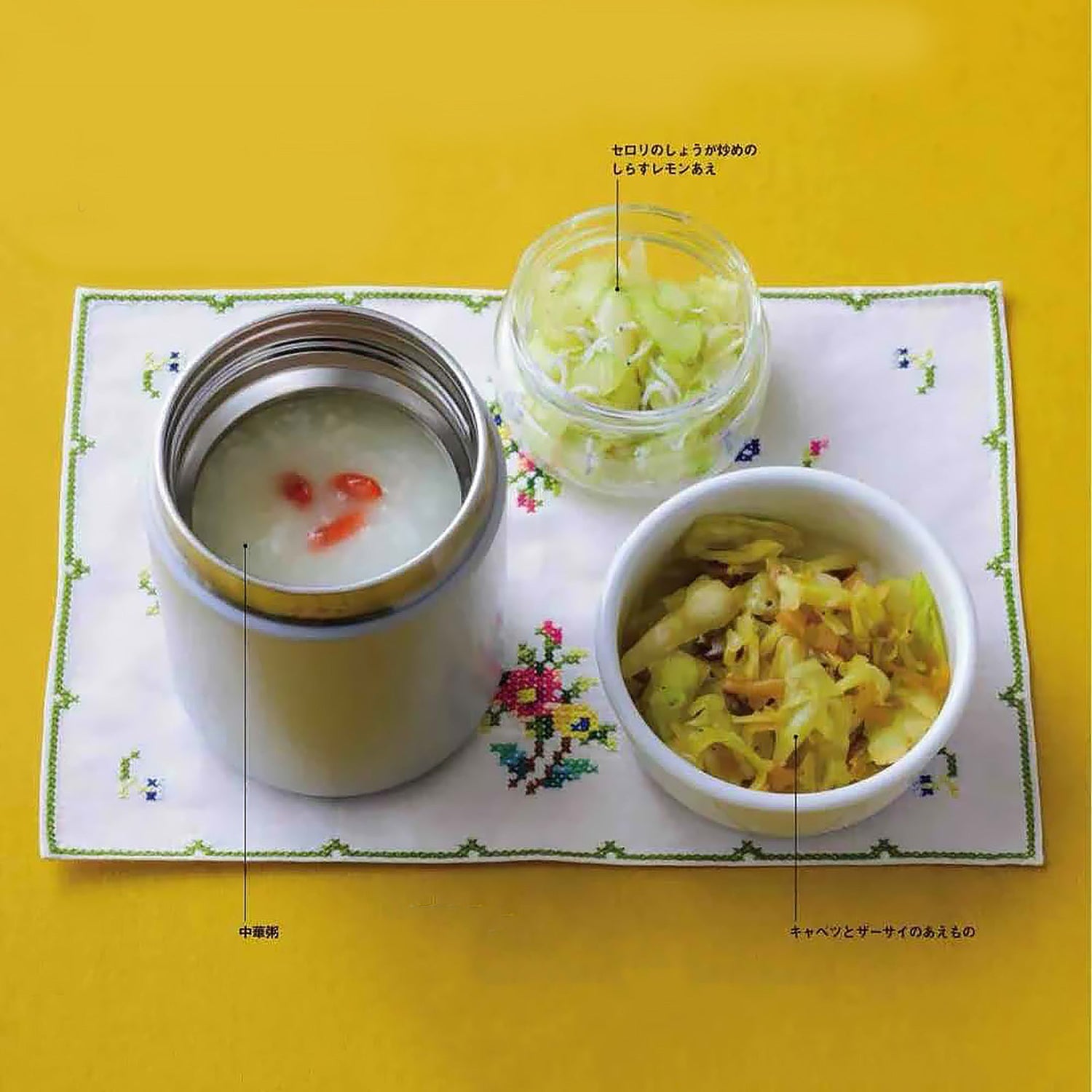
Interview with Noriko Tanaka (21 years old) on Healthy Habits
In this interview, Noriko Tanaka shares her thoughts on how to incorporate healthy practices into daily life using medicinal foods and Chinese herbs. She emphasizes the importance of these natural habits that last over time.
Noriko Health Method:
-
Take your time: Noriko emphasizes the importance of going slowly and not rushing. Changes must be gradual to become lasting habits.
-
Incorporating medicinal foods: She recommends adding medicinal foods and Chinese herbs to the daily diet. For example, when she feels throat problems, she uses turnips and lotus root to moisturize her lungs.
-
Using HCS 40”: Noriko mentions adding HCS 40” to her medicinal meals, a method she finds effortless and deliciously enjoyable.
Quotes from Mr. Nakamura:
Mr. Nakamura, a specialist in medicinal cuisine, explains that it is not necessary to practice these principles at every meal, but rather to incorporate them as much as possible. He emphasizes the importance of listening to your body and adapting your diet to your specific needs:
-
Adapting to the seasons: “Since it has been dry since autumn, I have more throat problems. So I use turnips and lotus root to moisturize my lungs and throat.”
-
Warming the body: “I’m cold, so let’s eat some green onions and sake lees to warm ourselves up and improve the circulation of Qi and blood.”
-
Relaxed approach: The process should be enjoyable. Nakamura emphasizes that he doesn't impose too many rules and prefers to have fun while practicing these habits.
Philosophy of Chinese Medicine:
- Mr. Nakamura says Chinese medicine recognizes differences in constitution and temperament, and that there is an appropriate response for each individual. This compassionate approach is part of his appreciation for the tradition.

Dear
Natural Honey and Health Benefits
As part of the Shindai Honey Bee Project in Chofu, Tokyo, a friend helps harvest honey from local flowers. They also add flower seeds to enrich their production. I always keep several varieties of honey, including those from Ome Farm and Yamagata Bee Farm .
Honey is an ally to soothe the throat. Its high nutritional value and antibacterial properties make it an excellent choice. In natural medicine, it is attributed with moisturizing and antitussive benefits. If your throat is irritated or sensitive to dryness, honey is an ideal remedy. It can be consumed pure, applied directly to the throat, or mixed with black tea or herbal tea. Adding honey to a wild herbal tea, with a strong taste, makes it easier to consume. In addition, in case of colds, daikon honey , prepared by marinating slices of daikon radish in honey, is also beneficial.
Healthy Snacks and Recipes
As I explored medicinal foods, I began to pay attention not only to my three daily meals, but also to my snacks. I recently incorporated foods like pearl barley, which aids digestion and hydration, jujubes to replenish blood, and brown sugar, which is known to help with menstrual cramps.
"Even a simple snack can be a beneficial gesture for the body, and it gives me great satisfaction, which helps me not to overeat."
Brown Sugar Kachiwari
I love brown sugar from Iriomote Island, rich in minerals and perfect for a relaxing moment over a cup of tea.
Take care of your health
Choosing Medicinal Foods:
I opt for foods with medicinal effects, such as roasted Hato Mugi , purchased from the online store "Kanbo~yuanwang", and sliced jujube, grown without pesticides, which I found on Mercari.
Outdoor Activities:
I try to climb with friends and feel nature. Mountaineering is an activity that I practice several times a year, and that brings me closer to the natural environment.
Interest in Chinese Medicine
My interest in Chinese medicine and herbal medicine was sparked by the concept of "Everyday Chinese Medicine" , which I consider a reliable source. This book provides practical advice on eating for each season, all year round, avoiding harmful ingredients.
I even gave a copy to a friend, because I think every family should have this kind of reference.
Conclusion
I look forward to the time when I can enjoy an outdoor breakfast. I love medicinal cuisine because it does not require complicated preparation. In fact, there are no forbidden ingredients, which makes the experience even more accessible and enjoyable.

Seasonal Activities and Food
Morning: A Good Time for Medicinal Foods
It is said that morning is the best time to consume medicinal foods. Miso, in particular, promotes excretion, improves blood circulation and warms the body. Incorporating protein into breakfast is also a great habit.
Morning Miso Soup
Miso soup is a central dish in the Yamada family's cuisine, often accompanied by rice, pickled vegetables, natto and pickled plums. Nami Yamada, a chef specializing in medicinal and fermented cuisine, explains that even when she has no appetite, she often settles for a simple miso soup.
Incorporate Seasonal Ingredients
Every morning, Yamada adds a variety of seasonal vegetables to her miso soup, taking advantage of seasonal changes. She teaches traditional Japanese cooking, emphasizing seasonal ingredients and the wisdom of medicinal and fermented dishes.
A Change of Life
In her twenties, Nami experienced health problems, such as irregular periods and pain, which she describes as a “mass of indeterminate complaints.” It was then that she discovered medicinal foods. By adjusting her eating habits in her early thirties, her health quickly improved, especially after she began working in the fields.
Challenges and Resilience
Nearing her 50th birthday, she experienced symptoms of depression, wondering if she was in menopause. Through discussions with her family and those around her, she overcame this difficult period. This journey inspired her to practice Qigong, seeking to reconnect with her body by increasing her consumption of herbal teas, particularly Chinese herbal teas.
Food Philosophy
Nami Yamada’s eating habits are based on Japanese cuisine, with a strong emphasis on rice. She favors foods that warm the body, seasonal ingredients, and fermented products, while avoiding processed foods, additives, and sugar as much as possible. According to her, “Seasonal ingredients have the ability to prevent physical problems that arise at that time. The human body is in harmony with nature.”

Using Plants for Bath and Tea
The plants we use for our bath salts and herbal teas are often similar. By incorporating edible foods into our bath salts, we can benefit from their medicinal properties both through the skin and by inhalation.
Bath Salt Mix
Bath salts can be created based on your physical condition that day. By mixing the desired medicinal herbs, you can boil them in a Chinese herbal tea pot, such as Hario, for about an hour while you prepare your dinner. This process allows the aroma of the herbs to be absorbed both through your breath and your skin during the hot bath, allowing various ingredients to permeate your body, much like the food you eat.
Examples of Ingredients
In winter, to improve blood circulation after coming in from the cold, ingredients such as toki and mugwort are often used.
Medlar Leaf Chai
Loquat leaves, used in traditional medicine since ancient times, can be dried, roasted in a pan, and then boiled in milk with spices like cinnamon, cloves, and cardamom to create a savory chai. This preparation method gives off a smoky flavor and a unique taste, perfect for jellies, compotes, and other dishes.
Combination Concepts in Chinese Medicine
In Chinese medicine, several concepts of combining ingredients exist:
- Tangyo : use of only one type of ingredient.
- Sosu : combination of similar elements.
- Soushi : Strengthening the main ingredient with a subtype.
- Offset : Cancellation of negative effects by combining ingredients.
Choosing the right medicinal plants, based on their scent and effectiveness, is crucial to achieving the desired results. When roasting the plants, their aroma helps create a relaxing and soothing atmosphere.
Taiwanese Street Food
At a Taiwanese street food class in Nara, medicinal plants like Yamato Toki and peonies are used in simmered dishes, including medicinal soups. Soups can be enriched with ingredients like chicken thighs, shiitake mushrooms, bamboo shoots and celery, making for a nutritious and tasty meal.
Use of Medicinal Plants
It can be difficult to source specific medicinal ingredients, but there are many commercially available options. To enrich your dishes, you can add ingredients such as:
- Star anise
- Cinnamon
- Jujube
- Goji berries
These additions not only increase the flavor but also the health benefits, making every dish a truly medicinal experience.





